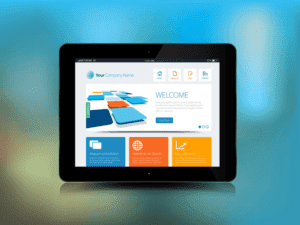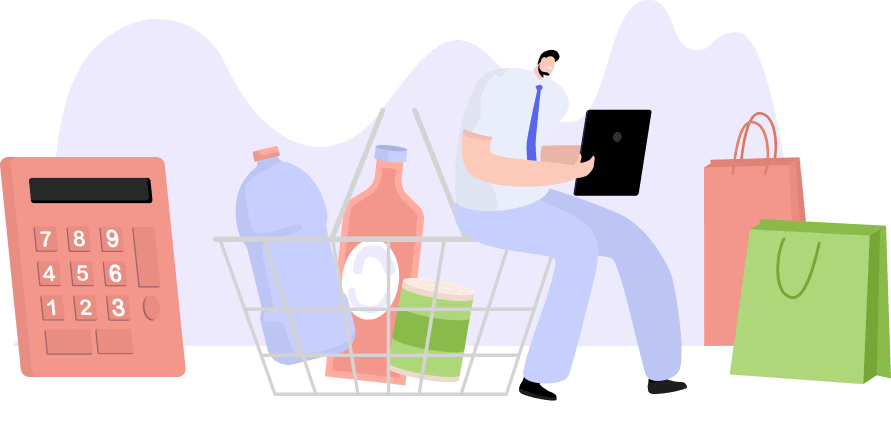
Once data is collected, expenses are aggregated to provide a comprehensive view of production costs. Advanced accounting software like QuickBooks or Xero helps in aggregating and reporting these costs, offering insights into financial trends and potential areas for cost reduction. Conversion costs are essential for evaluating the efficiency and profitability of manufacturing processes. They directly influence product pricing and financial performance, guiding companies in resource allocation and process improvements. As we gear up for 2024, it’s time to dive into the exciting world of programmatic landscape and explore how Online Accounting it will shape advertising. Are you feeling frustrated by a negative review on your Google business profile?
ChatGPT Alternatives: A Comprehensive Guide
This is because fixed assets, such as machinery and equipment, are often used in production and included in manufacturing overhead costs. In this section, we will delve into the concept of Conversion Cost Variance and explore how it can be measured and analyzed. Conversion costs refer to the expenses incurred during the transformation of raw materials into finished goods. In today’s fast-paced digital landscape, reaching your target audience through their smartphones is essential for any business looking to stay ahead. Conversion Cost and Prime Cost are interrelated and play a crucial role in determining the overall cost structure of a product or service.
Is Real-Time Bidding a Form of Programmatic Buying?
Conversion costs are the labor and overhead expenses that “convert” raw materials into a completed unit. Each department tracks its conversion costs in order to determine the quantity and cost per unit (see TBD; we discuss this concept in more detail later). Once the direct labor cost and manufacturing overhead costs have been determined, they can be added together to calculate the total conversion cost for a specific product. This information is valuable to manufacturers because it helps them determine the selling price of their products that will cover their expenses and generate a profit. Conversion cost is a term used in finance and accounting to represent the combination of both direct labor costs and manufacturing overhead costs. These costs are incurred to convert raw materials into finished goods.
- Businesses need to set prices that not only cover conversion costs but also ensure profitability and competitiveness in the market.
- Remember, these are just a few strategies to improve conversion cost efficiency.
- If they cannot sell the product at this price, they may need to identify areas where they can reduce costs or improve efficiency to lower their conversion cost and remain profitable.
- Direct expenses are costs directly traced to a particular product or process.
- Conversion cost, as the name implies, is the total cost that a manufacturing entity incurs to transform or convert its direct materials into salable or finished product.
- As machinery and equipment become older and less efficient, this can affect the number of goods produced within a particular time.
- It’s a complex realm, filled with technology and innovation that drives efficiency in digital marketing.
Local Ad Agencies

Some costs, notably labor, are included in each, so adding them together would Remote Bookkeeping overstate manufacturing cost. Examples of direct labor workers include welders, machine operators, assemblers and painters etc. If they were 100% complete with regard to conversion costs, then they would have been transferred to the next department.

These costs represent the expenses incurred during the transformation of raw materials into finished goods, providing valuable insights into production expenses. It enables management to evaluate the effectiveness of production processes and identify opportunities for improving productivity. A thorough understanding of conversion costs empowers organizations to streamline operations, increase competitiveness, and maximize profits in today’s dynamic business environment. Conversion costs can be considered to layer on top of prime costs, where they are needed to convert raw materials into finished goods. In other words, the conversion cost is converting raw materials into finished goods.
Organic Search
By calculating the conversion cost per unit or per output measure, managers can compare the performance and productivity of different production units, departments, or divisions. Managers can then use this information to allocate resources, set goals, reward or motivate the workers, or make outsourcing or insourcing conversion costs decisions. From a managerial perspective, understanding the conversion cost ratio allows businesses to evaluate the allocation of resources and identify areas for improvement.

Boost Your Online Visibility with SEO

Both provide an overview of the company’s expenses that affect the production process and help the company make favourable financial decisions. Outsourcing production can make it more difficult for a manufacturing company to maintain quality control over its products. If the contract manufacturer produces products that do not meet the outsourcing company’s quality standards, this can increase rework, scrap, and customer returns costs. These costs are included in manufacturing overhead costs and can increase the total product conversion cost. Depreciation is the process by which fixed asset value is reduced over time. As fixed asset value decreases, this can impact the total product conversion cost.
